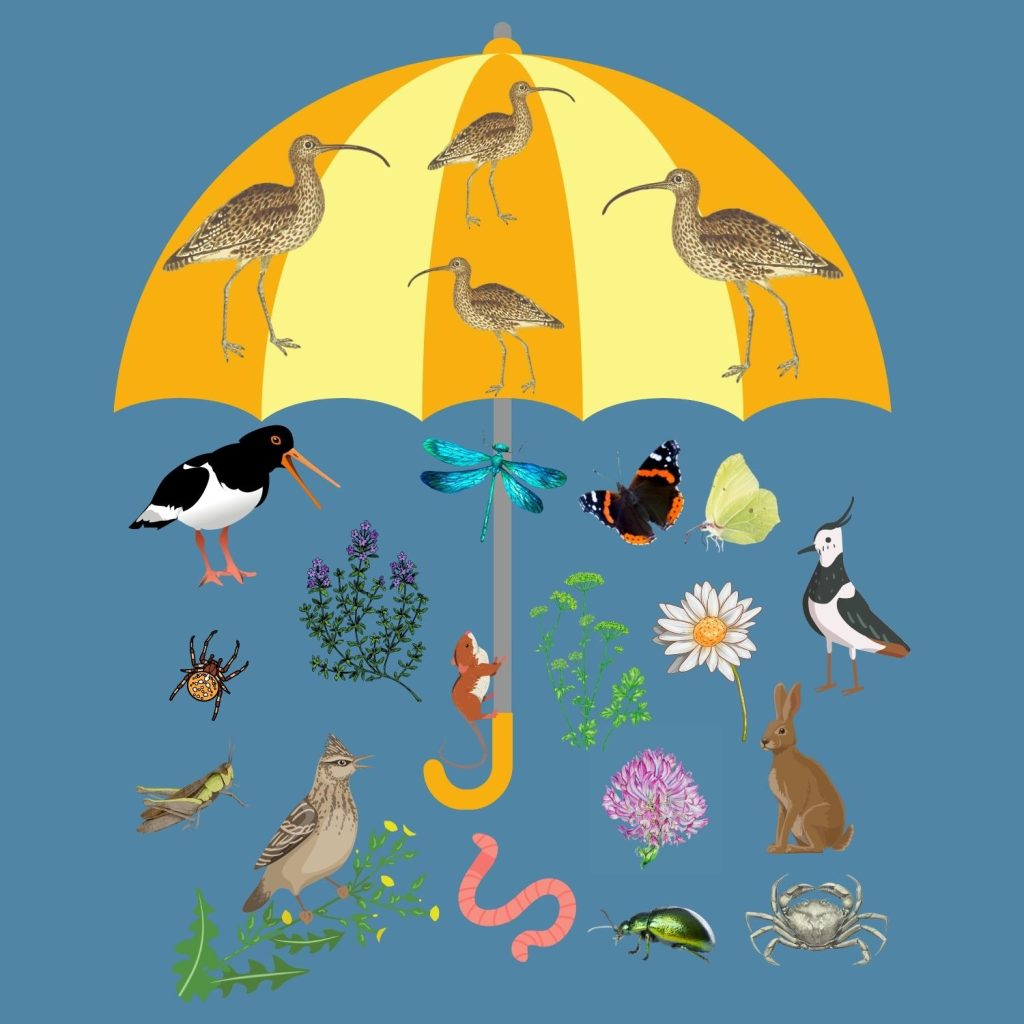Anyone who has heard the call of the Curlew knows they are worth protecting in their own right, their evocative, eerie cry across a moor or a mudflat belongs to the soul of our wild places. To add to their significance as an iconic and much loved British bird, they are what is known as an Umbrella Species, which means that if we protect Curlew, we protect a range of other species as well.
The yearly journey of a Curlew stitches together landscapes across the country, from mudflat to moorland, upland grassy pastures to boggy wetlands. Curlews utilise a range of environments and their protection enriches each. In March they leave their coastal wintering grounds in search of breeding sites.
For example, they may settle in a grassy meadow on a Yorkshire farm. If we protect this particular nesting pair it could involve delaying cutting until later in the summer to give the birds time to rear chicks to fledging. Other ground nesting birds such as Lapwing and Skylark will also have the chance to breed without disturbance. We could improve the biodiversity in the meadow by encouraging the growth of wildflowers such as Oxeye Daises and Cornflowers. A great way to do this is by promoting the growth of Yellow Rattle and Eurasian Bright Eye, both of which parasitise grass, giving other wildflowers a chance to grow. Increasing wildflowers means more insects like meadow brown and common blue butterflies and a host of other invertebrates like orb spiders, hoverflies and solitary bee species. These not only help to boost our declining insect population but also provide a great food source for our growing Curlew chicks and for the swifts and swallows which swoop above our buzzing meadow. Perhaps the drystone wall which borders this meadow runs parallel to a public footpath. To protect our nesting Curlew we could put up a sign asking walkers to remain on the path and keep dogs on leads. Our meadow is now safe for Hares and Leverets as well as our wobbly Curlew chicks which are beginning to explore their new world. We could even build a scrape, a shallow, seasonal pond which attracts even more insects for our wader chicks. Now the meadow is home to hunting dragonflies. These are all conservation techniques used to protect Curlew but their impact spreads beyond one species.
At the centre of many of the issues for breeding waders are the increasing populations of generalist predators like foxes and crows. These species are well adapted to exploit human-modified landscapes such as intensively managed grassland offering limited cover to nests and young chicks.
One way of dealing with this is to make predation more difficult, for instance by fencing around nests to restrict access for ground predators and livestock or by removing nearby vantage points which might assist avian predators in spotting curlews. In some places lethal control might be the only option, but only after the main issue is well established through monitoring and research and the control is time limited and proportionate. Mary Colwell’s book Curlew Moon covers this difficult topic in more detail.
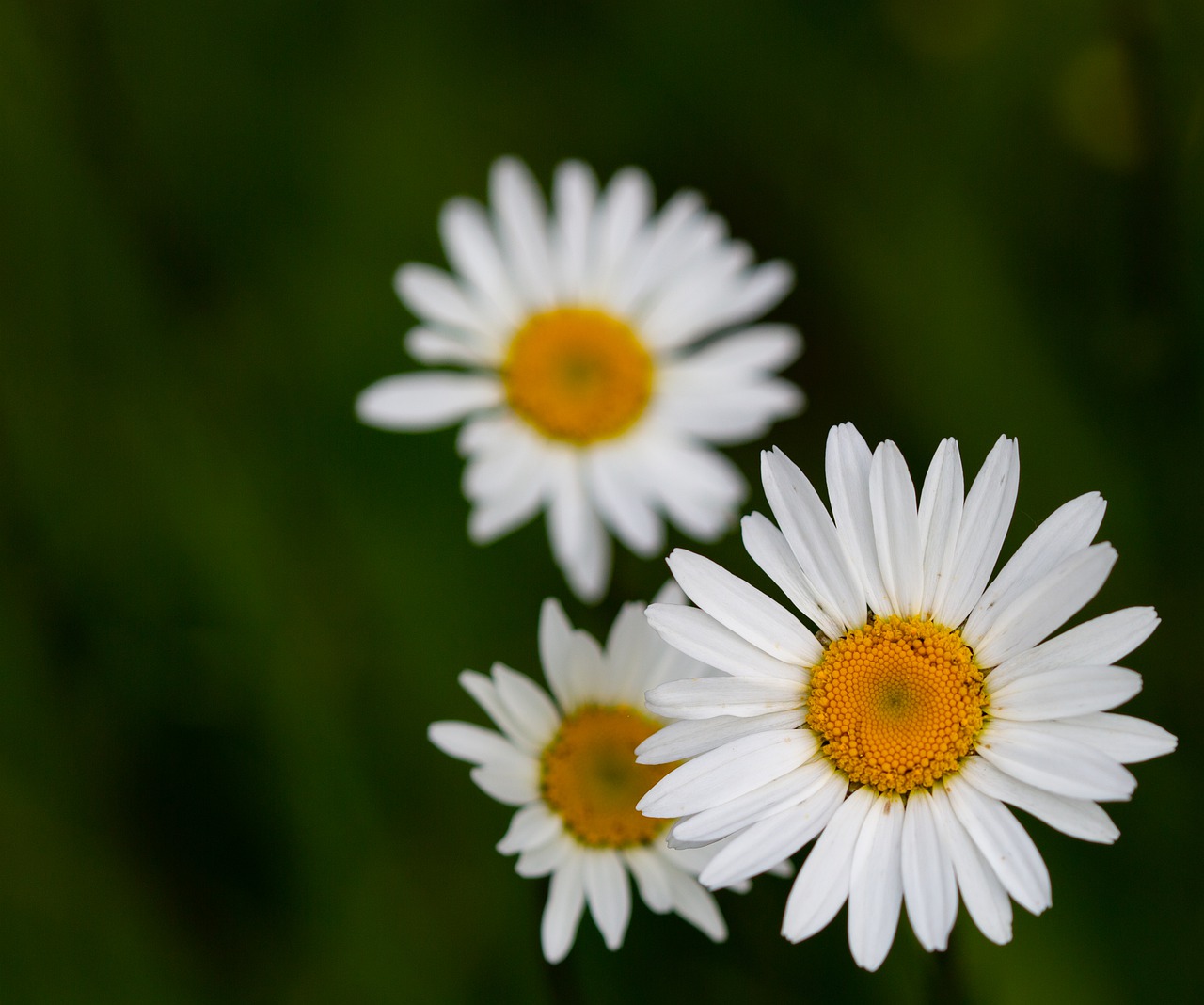
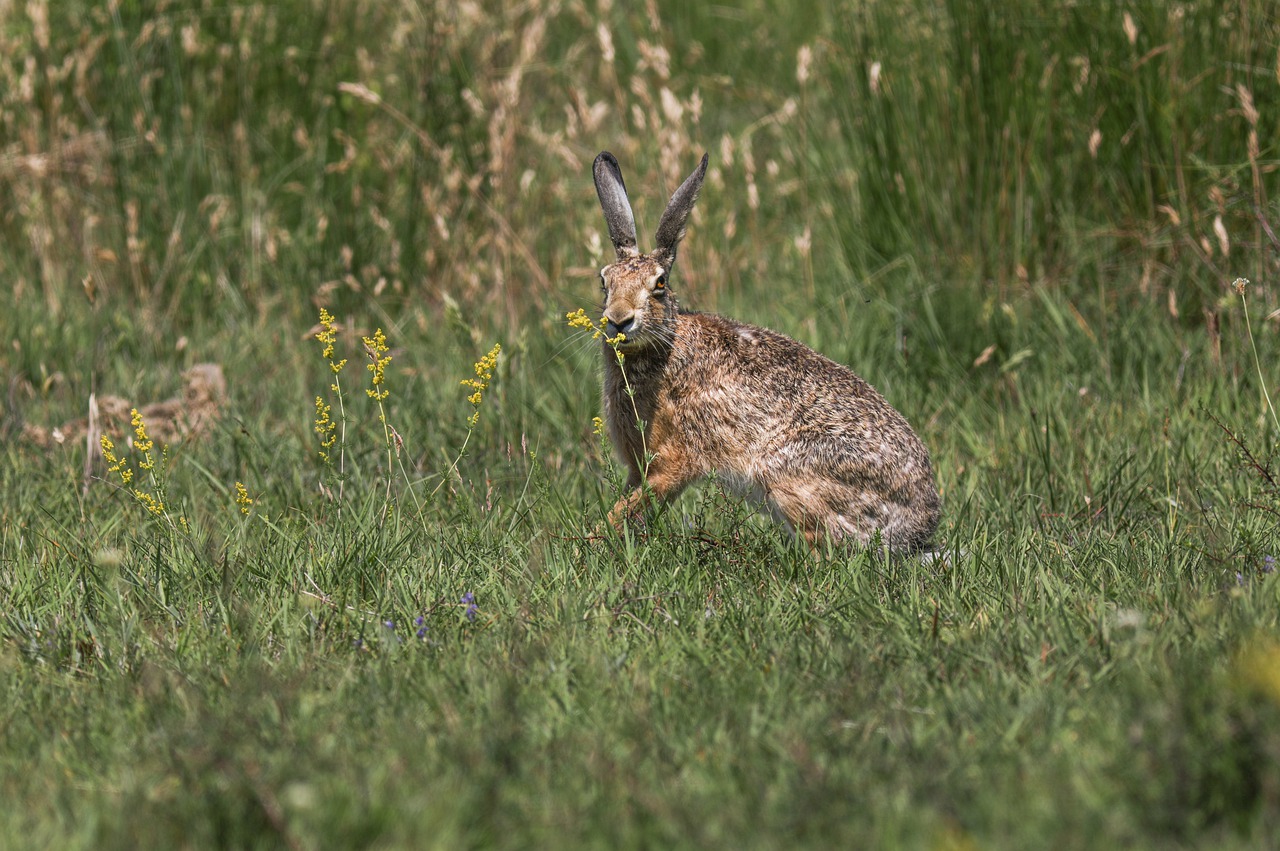
Fast forward to the end of the breeding season, our fledged chicks move to their wintering sites. They’ve chosen a coastal mudflat in Norfolk. Their probing bills help to stabilise the mudflat and aid carbon capture. They’re joined by species from across Europe like Pintail, Oystercatchers and Bewick’s swan, as well as 60,000 European Eurasian Curlew which have travelled to our coastlines to spend the winter months in a comparatively mild climate. We can support these winter visitors by protecting and restoring the habitat upon which they rely. Climate change is a major threat to these coastal areas, so reducing greenhouse gas emissions is an important piece of the puzzle. We can also use a form of soft-engineering called coastal realignment or managed retreat, which involves moving boundaries inland, for example sea walls. This is a technique used to manage coastal flooding and is also great for wildlife. It creates more saltmarsh areas, rich in invertebrates and provides habitat for juvenile fish. Avoiding development on these vital coastal areas and managing them for wildlife will help to provide safe a haven for Curlew and myriad other species.
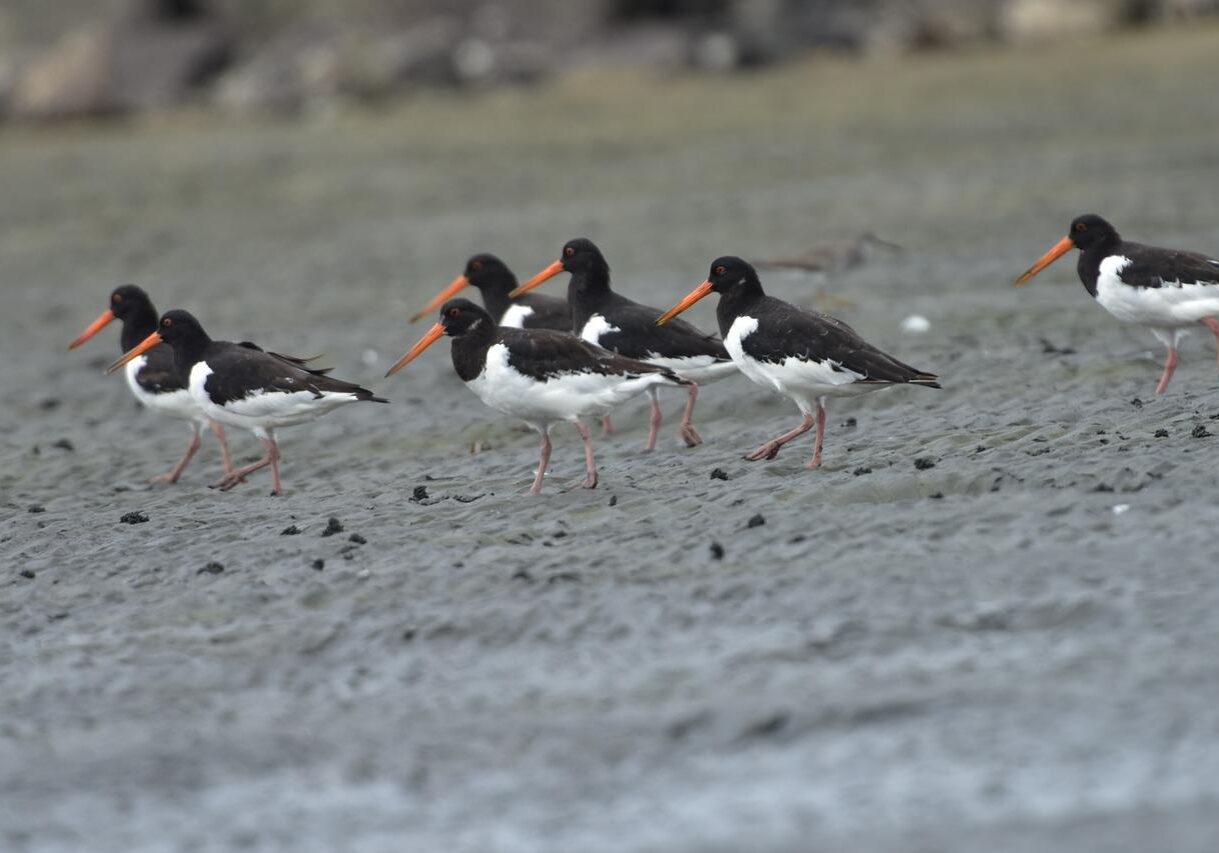
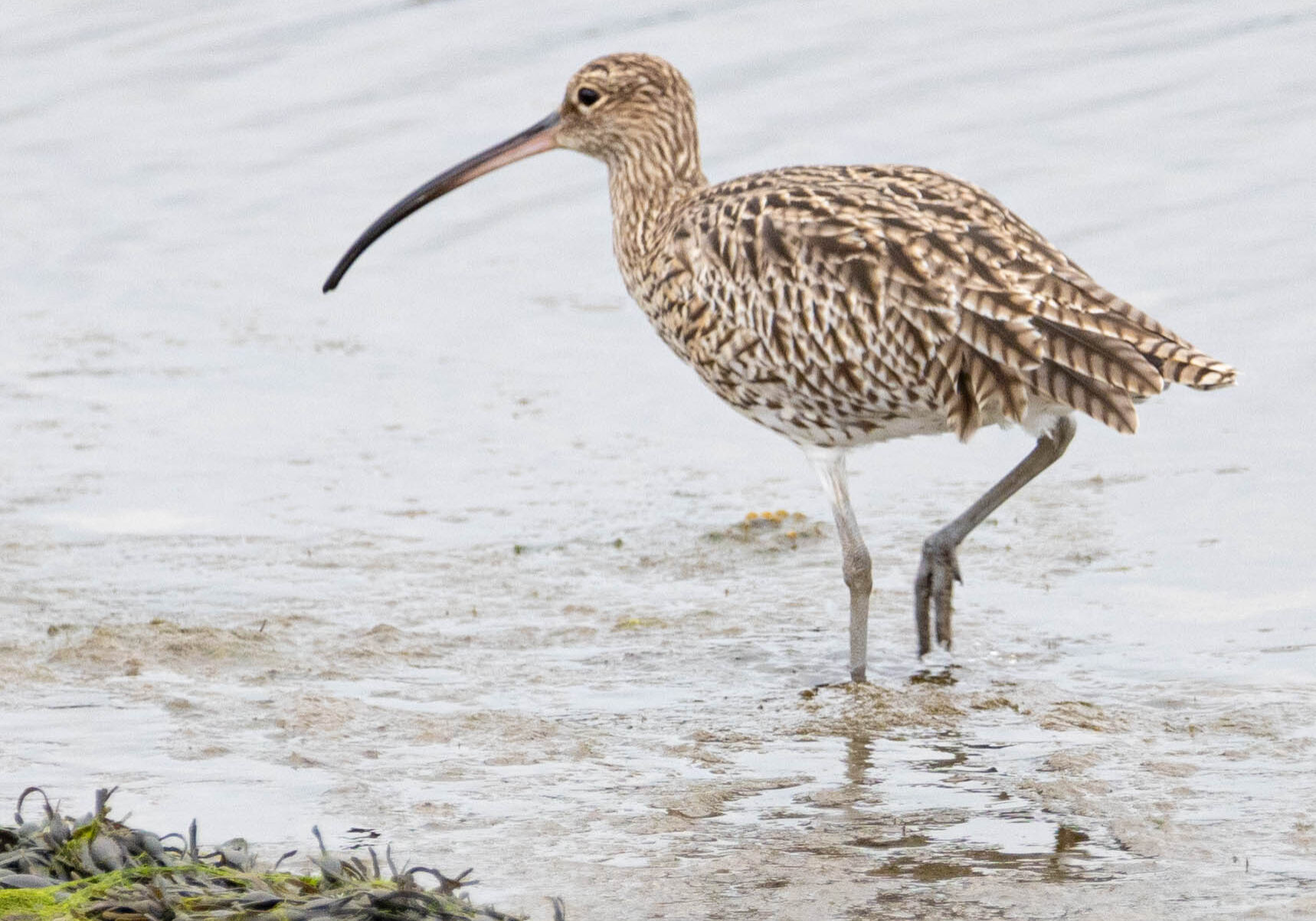
When Spring comes around again some of the Curlew which winter in Norfolk may nest on a peat bog in Ireland or Scotland. These peat bogs contain 1.7 billion tonnes of carbon in Scotland alone, that’s equivalent to 140 years’ worth of Scotland’s total annual greenhouse gas emissions. The destruction of these boggy habitats would be catastrophic for climate change. Only 20% of our peatland areas remain intact in the UK and Ireland. By allowing them to re-wet we provide Curlew with suitable habitat, fight climate change and protect other species like cotton grass and Large Heath butterfly.
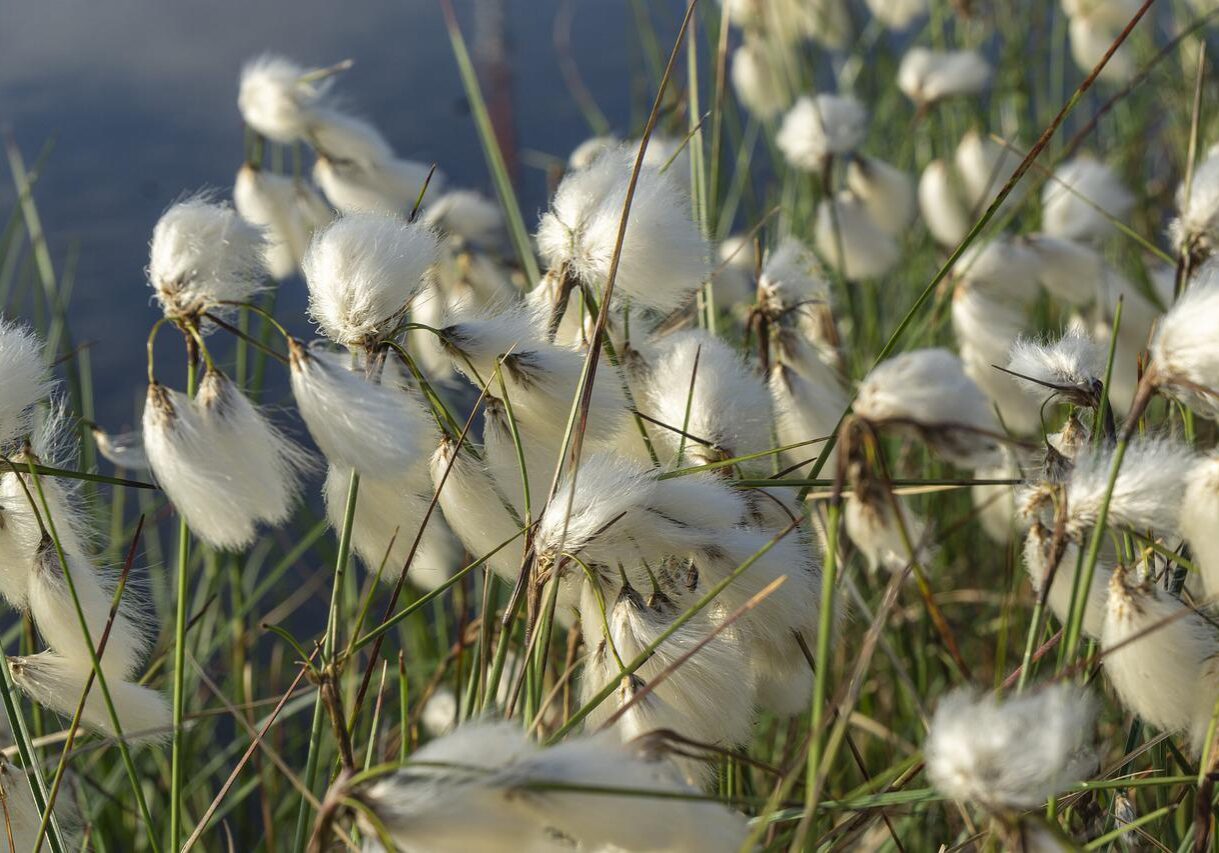
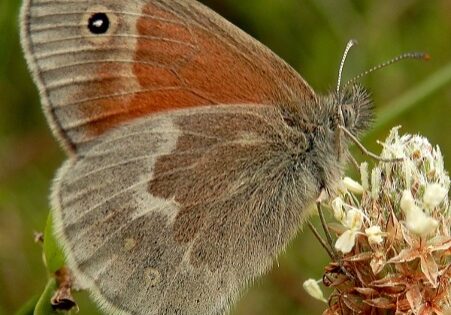
Efforts to protect and restore our Curlew population add up to more than the sum of their parts. Their importance as an Umbrella Species has earned the Eurasian Curlew a place in the Wildlife and Countryside Link’s report ‘10 species that can help save the world’. Our small, intensively managed home has become one of the most nature depleted countries in the world, but if we work to reverse the decline of species like Curlew, we can change the future of Britain’s wildlife.

